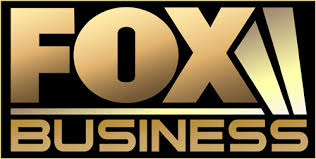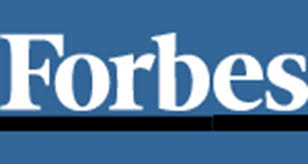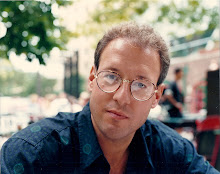Well said.
So whenever my dad or I'd get a project from say Procter & Gamble, Kraft or another company to invigorate a brand or create a new product we'd first sit down and list out over 500 dimensions concerning that product that in some way shape or form might impact or influence consumer perception regarding that product. Once that was done, the real work began. Under each dimension; Sensory, form, function, usage, image, price, packaging, delivery system and many others only we'd heard of, we'd bullet point another 500 short phrases per dimension that in some way shape or form might impact or influence consumer perception. When done we'd have amassed about 250,000 phrases - a list that often took over a month to complete. From that list we would select 500 to 1,000 phrases that we would put in front of consumers so that consumers could select the phrases they liked best. At times, we would stay up and argue for more than 72 hours straight over which stimulative phrases should be in the creative stimulus packages presented to consumers and which ones shouldn't. Some of my favorite all time phrases?
"Provides night time tranquility"
- which led us to the invention of NyQuil for Richardson-Vicks.
"A soup you eat with a fork"
-which led us to the invention of Campbell's Chunky Soup.
"Comes in a hard top Marlboro box"
- which led us to the invention of Tic Tac Mints.
"Helps me work and play well with others"
-which led us to reposition Folgers as the best part of waking up.
For the most part, the exercise described above represents and represented far more homework done on the part of a client, for one product or brand, than all of the advertising agencies on Madison Avenue could claim combined - had they worked on that brand. It was a powerful lot of experience.
In this, we became adept, preeminant at finding product-based problem-solving selling solutions for a wide range of marketers asking questions.
1) How do you keep Marlboro smokers in the Philip Morris franchise once they decide to switch to a competitor's brand?
2) What are the future consumption drivers in soft drinks?
3) When does a candy bar stop becoming a candy bar and start becoming a cookie?
To date, I've participated in the development of millions of stimulative phrases - short 5 to 7 word statements that pass the consumer test, " If a product did or said that about itself I would try that product once - and if I tried it and liked it - I'd buy the product again."
This process remains, to this day, the fastest way to innovate in any category.
1) It enabled Wheaties to increase distribution 24% and win an award as The Year's Best Repositioned Brand from Advertising Age Magazine.
2) It enabled Breyers to set record profit and volume featured in Kraft's Annual Report.
3) It enabled Tylenol to resucitate the 92% of capsule segment sales lost to cyanide tampering with the invention of Tylenol Gelcaps - the first inherently tamper-proof capsule.
So I ask you, what company wouldn't benefit from having a dose of this creativity applied to their business?











No comments:
Post a Comment